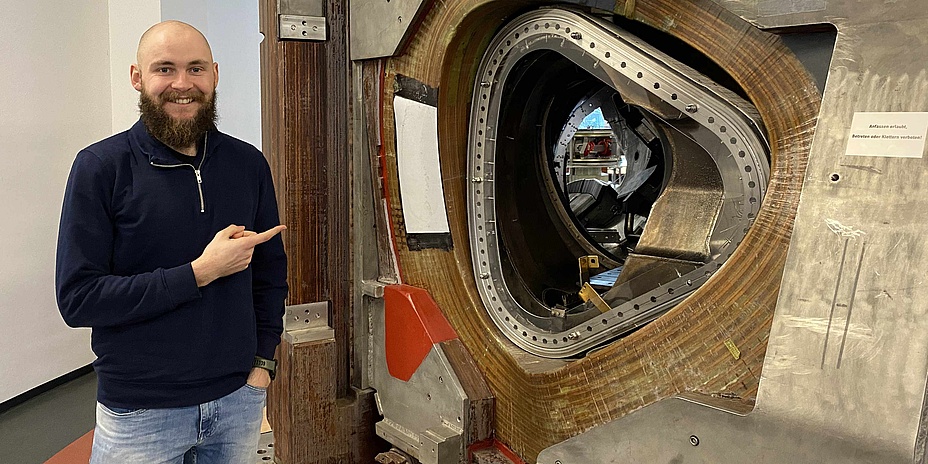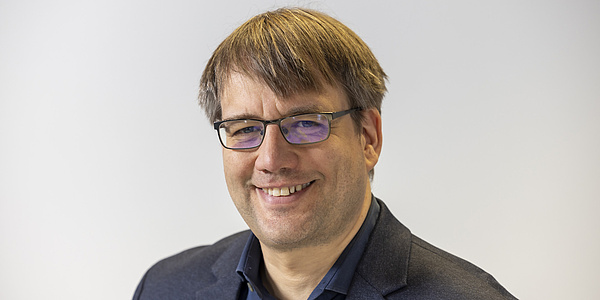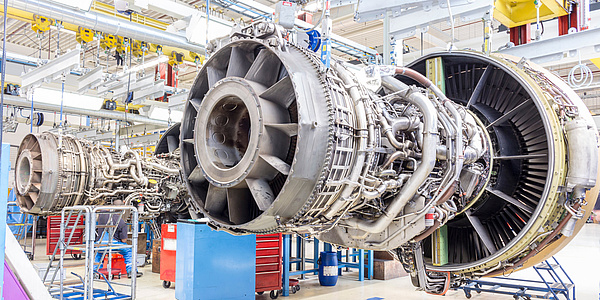Nuclear Fusion: A Promising Futuristic Research Field

Markus Markl needs a laptop, pens and paper, but above all a coffee machine to make his research into nuclear fusion a success. The 29-year-old postdoc at the Institute of Theoretical and Computational Physics is conducting research on one of the most promising forms of energy of the future: nuclear fusion. Nuclear fusion is what happens in our sun when two atomic nuclei fuse together, releasing energy in the process. Researchers want to use this energy in the future to supply us with electricity in a sustainable, pollutant-free and, above all, extremely safe way. But there are still problems along the way, which Markus Markl and the Plasma Physics working group want to help solve.
15 Million Degrees Celsius
There are still a few obstacles to overcome before solar fusion energy for the home becomes a reality: “The temperature in the sun is 15 million degrees Celsius. This is where nuclear fusion takes place. Here on Earth, however, we would need over 100 million degrees Celsius for this process, because the pressure and therefore the density of the particles here is much lower than in the sun.” The problem is that no material is yet known that could withstand these temperatures. This means that the plasma, which is created during the enormous heating of the original gas, must be kept in place in the reactor in a different way. “There are several ways of capturing the plasma. Here in Graz, we specialise in confinement using magnetic fields,” explains Markl. “In plasma, the atomic nucleus and the electrons of the atom have separated and move about freely. Very strong magnets can be used to change their path and thus capture them. They then move in circles in the reactor along the magnetic field lines.” However, the system is extremely fragile due to its complexity. For example, instabilities occur at the edge of the plasma, causing particles to be thrown against the walls of the vacuum vessel. This heats up the vessel and can cause damage. In small reactors, as they currently exist, this is not yet a problem. But: “The scale of these problems depends on the size of the reactor. With larger experimental reactors, the wall can actually melt away and we would have destroyed the device in a short time.” To prevent this, Markl is conducting research on introducing external magnetic interference fields to redirect the path of the particles.
The temperature in the sun is 15 million degrees Celsius. This is where nuclear fusion takes place. Here on Earth, however, we would need over 100 million degrees Celsius for this process, because the pressure and therefore the density of the particles here is much lower than in the sun.
Theory and Experiment
The fact that his research may not be used in an actually functioning reactor for decades he does not see as a problem: “We are in constant dialogue with the existing experiments. And that’s where I can put my theoretical work to practical use. We can see a result relatively quickly. For me, it’s all about acquiring knowledge.”
He only partly chose nuclear physics as a field of research himself. He found out about string theory through a popular science book while he was at higher technical college and immediately decided to study physics. In his master’s degree, he focused on theoretical particle physics and, after graduating, moved to Graz University of Technology (TU Graz) as a doctoral student and into fusion research. “The job sounded futuristic and cool. I wanted to be part of it,” he laughs.
If it hadn’t been physics, the researcher would have ended up in music. He has played the trumpet in several bands and groups for over 20 years and recognises parallels with physics: “There are rules in both fields – in physics the laws of physics and in music musical theory. But you really need a lot of creativity in both areas.” Creativity, which he finds above all in peace and quiet and in free time when he can think about unconventional solutions to existing problems in his area of expertise.
Kontakt
Markus MARKL
Dr.rer.nat. BSc MSc
Institute of Theoretical and Computational Physics
Petersgasse 16
8010 Graz
Phone: +43 316 873 8193
markl@tugraz.at




